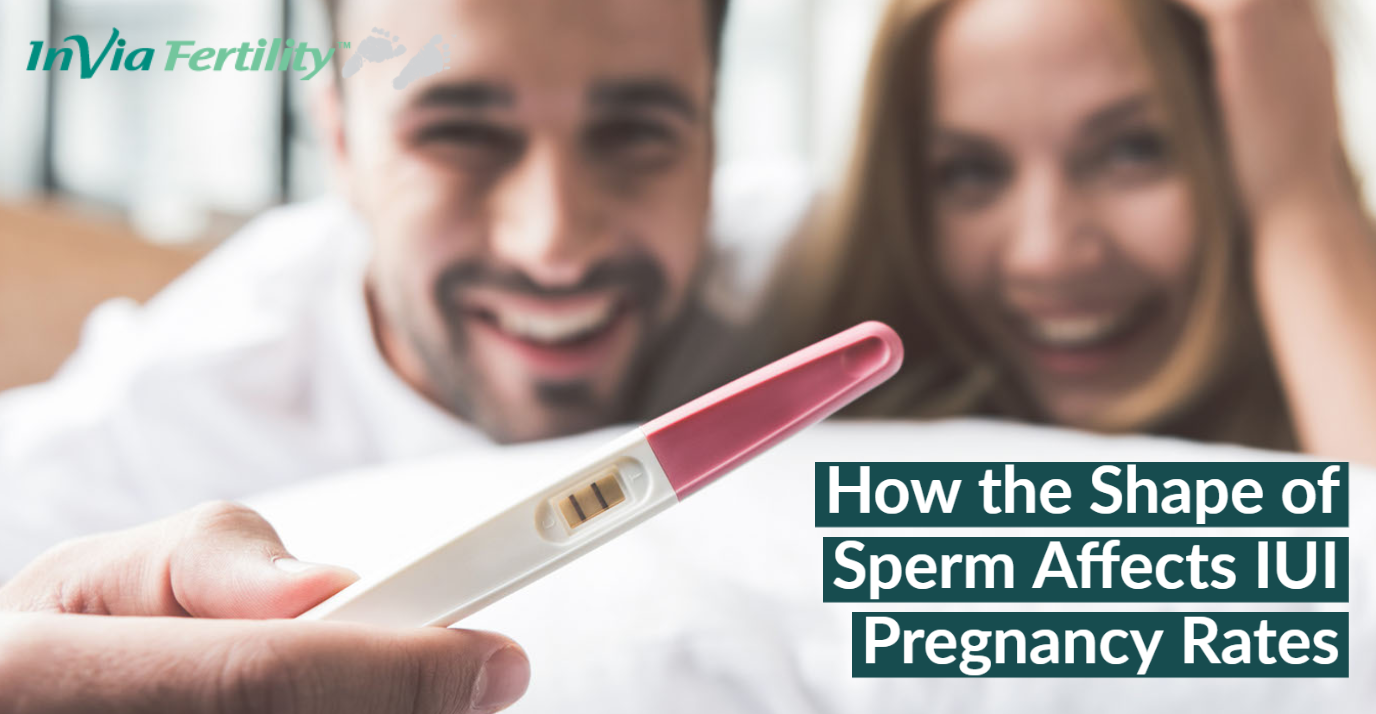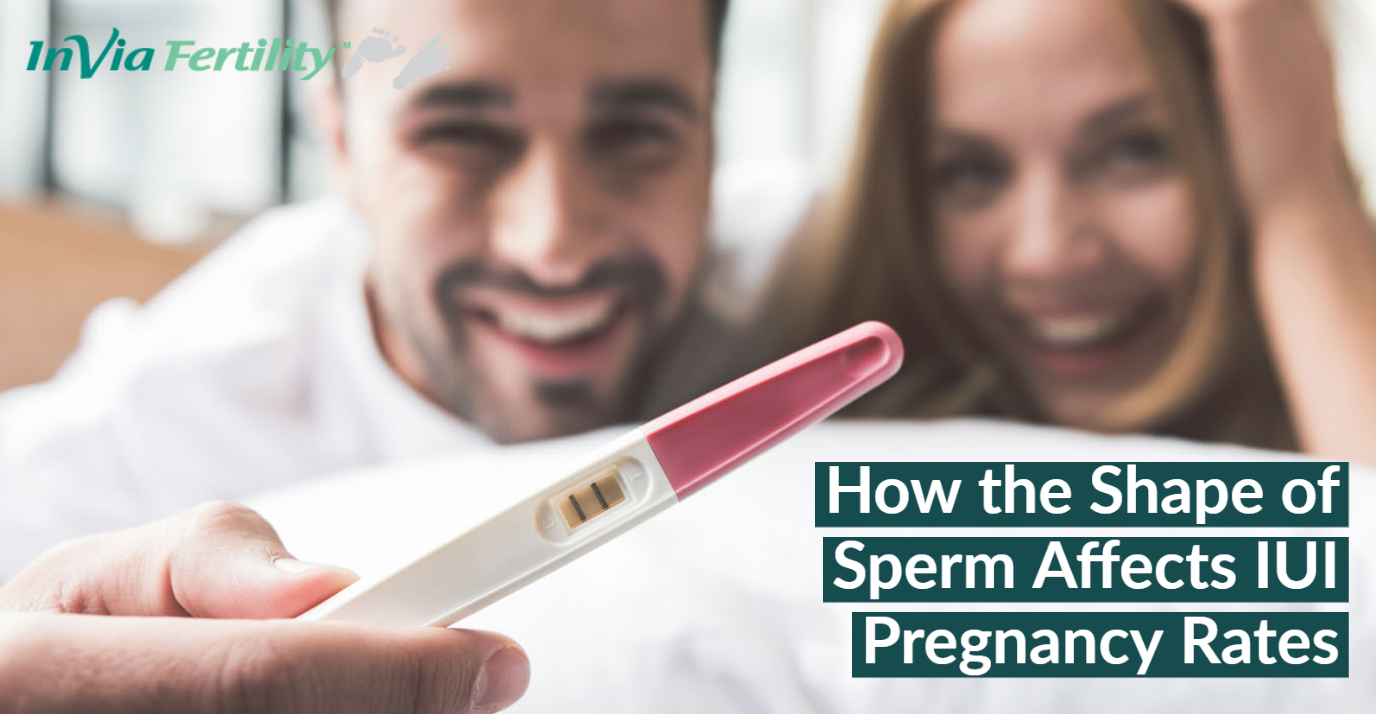
 I often get questions from patients with low sperm morphology (shape) during semen analysis. A typical question is “My sperm morphology is only 3% normal forms; what can I do?” or “What is the best treatment in this situation?” "Do I need in vitro fertilization (IVF) and intracytoplasmic sperm injection (ICSI)?"
I often get questions from patients with low sperm morphology (shape) during semen analysis. A typical question is “My sperm morphology is only 3% normal forms; what can I do?” or “What is the best treatment in this situation?” "Do I need in vitro fertilization (IVF) and intracytoplasmic sperm injection (ICSI)?"
It seems intuitive that if 97% of the sperm have abnormal shape, then the chances are the couple does need IVF + ICSI. But, is that really true? What, if any, is the relationship between low sperm morphology and IUI pregnancy rates?
Before we answer that question, let's look at how sperm morphology is measured. Male factor is found in 40% of couples being investigated for infertility. When we do a semen analysis, we measure the sperm count, motility and shape of the sperm (morphology). Using the old World Health Organization Criteria (WHO), 30% normal forms were considered normal.
Dr Thinus Kruger around 1987 – 88, redefined sperm morphology. (I was doing my fellowship at the Jones Institute in Norfolk, Virginia at that time where he did some of his research). He used “strict” criteria for defining a “normal” sperm. It required measuring individual sperm with calipers and was quite labor intensive. Also included was the status of the acrosome, mid-piece and tail. Using his criteria, it required 14% of the sperm to be normal.
There were several studies published at that time which showed low pregnancy rates in patients with low morphology with both intrauterine inseminations (IUI) as well as in vitro fertilization (IVF). It was then noted that a lot of normal, fertile men had less than 14% normal forms. The criteria were later modified and a cut-off of 4% was established.
So is there a relationship between low sperm morphology and IUI pregnancy rates? This very question was addressed by a group of researchers from the University of Kentucky in Louisville. Deveneau et a. (Fertil Steril 2014; In Press) analyzed 408 couples undergoing 856 IUI’s with partner’s sperm (IUI-P). The objective was to determine whether the in a difference in ongoing pregnancy rates (PRs) between patients undergoing IUI with strict sperm morphology less than or equal to 4% compared with greater 4% on initial semen analysis.
They only included cycles where there were at least 5 million motile sperm at time of IUI and the female was between 21 and 41 years old. Patients underwent natural cycle insemination or were on clomiphene citrate, letrozole or gonadotropins.
They found no statistically significant difference in per cycle PRs when comparing patients with low morphology versus those with normal morphology who underwent IUI-P (17.3% vs. 16.7%; odds ratio 0.954, 95% CI 0.66 – 1.37).
In patients with varicocele, morphology did matter. Those with low morphology had about one-fourth the odds of becoming pregnant as a couple with varicocele and normal morphology. When morphology is normal, those without varicocele had about four times the odds of becoming pregnant compared with couples with varicocele. They had no explanation for this interesting finding.
The authors conclude that based on their data, they found no clinically significant difference in pregnancy rates after IUI in couple with low morphology. Also, the pregnancy rates with low morphology were excellent. Therefore they concluded that morphology is not a strict predictor of IUI success. They believe that morphology should not affect the decision whether or not to proceed with a trial of IUI. In other words, in patients with low morphology, it is okay to try IUI and is not necessary to recommend IVF + intracytoplasmic sperm injection (ICSI) based on low morphology alone.
To see a fertility specialist who can not only diagnose low sperm morphology but devise the best fertility plan for you following diagnosis, make an appointment at one of InVia's four Chicago area fertility clinics.
Infertility treatment IVF InVia Fertility Specialists Ovulation Induction

Dr. Karande is Board Certified in the specialty of Obstetrics and Gynecology as well as the subspecialty of Reproductive Endocrinology and Infertility. He is a Fellow of the American College of Obstetricians and Gynecologists and Member of the American Society for Reproductive Medicine.
Subscribe to our weekly blog digest

Entire Website © 2003 - 2020
Karande and Associates d/b/a InVia
Fertility Specialists

Comments